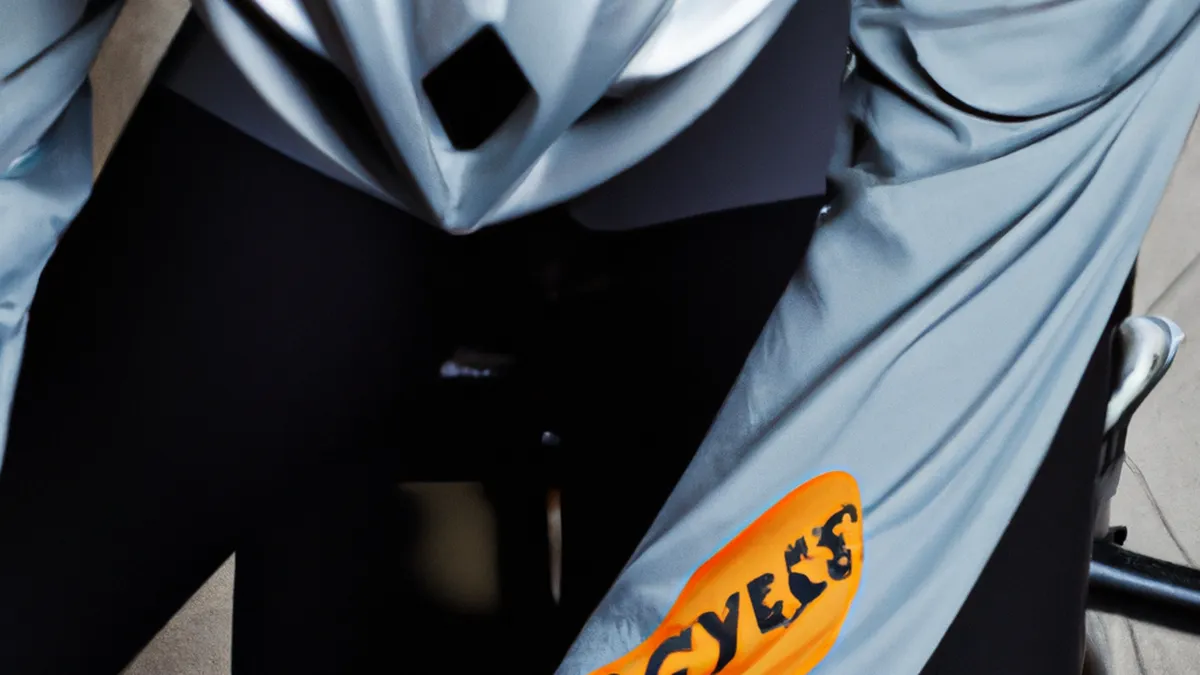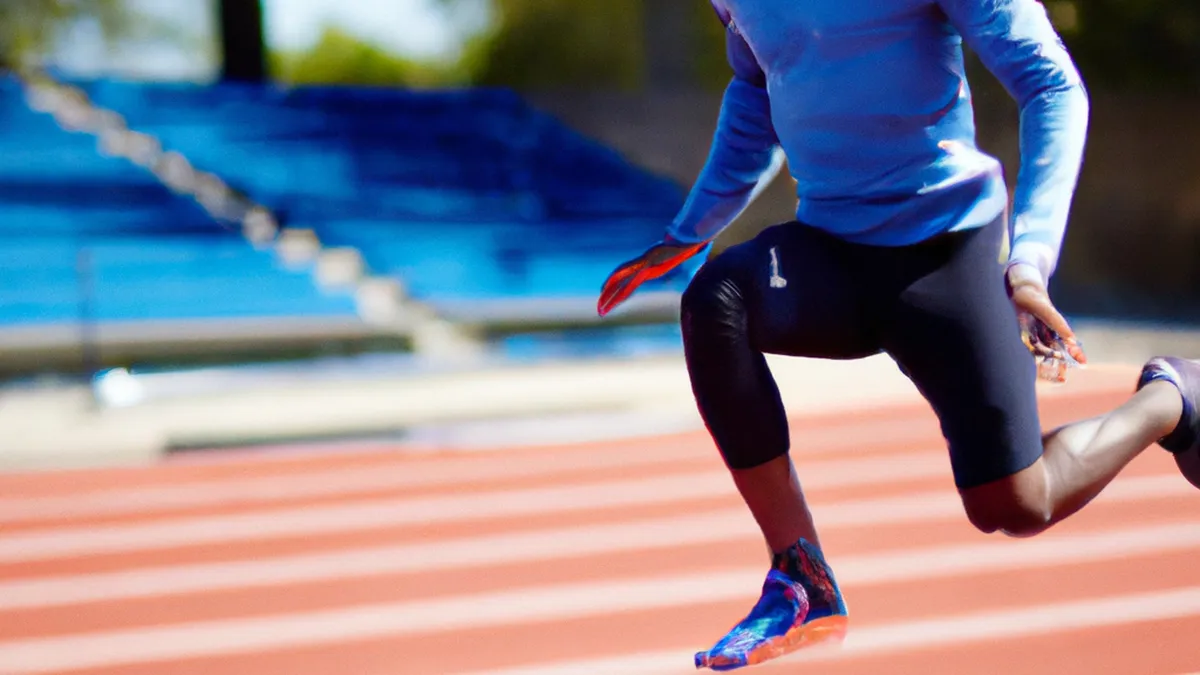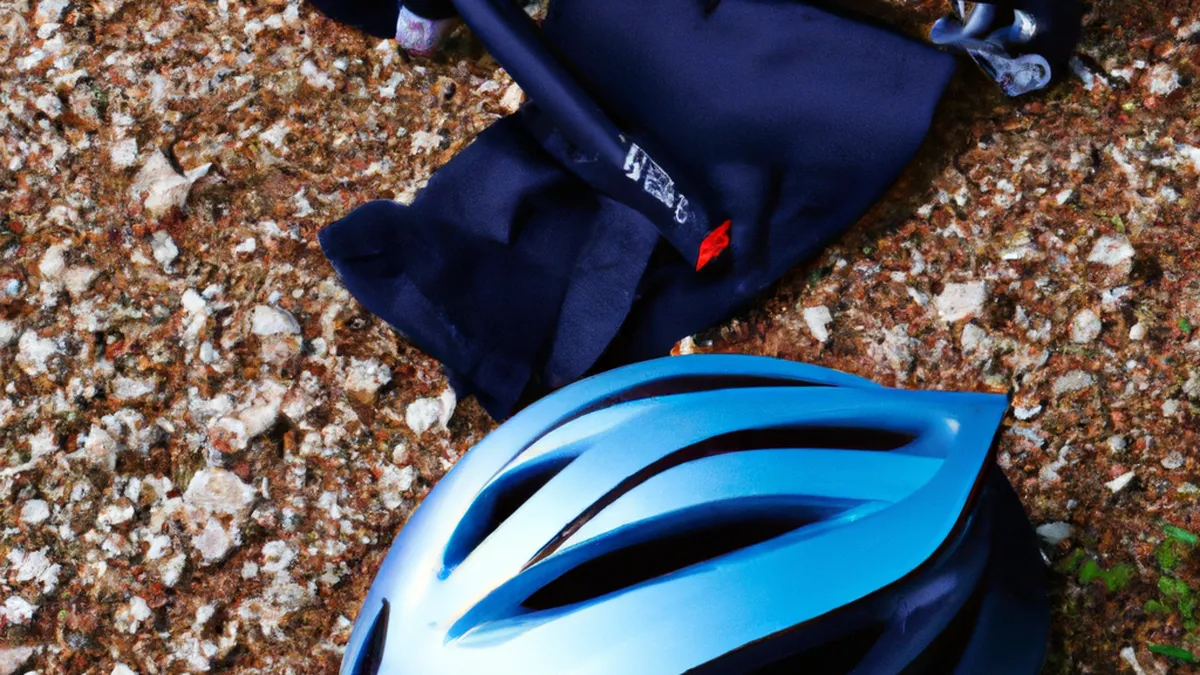Tailored Post-Ride Stretches for Every Cyclist
Post-Ride Stretching RoutinesCycling keeps you fit and allows you to explore the outdoors. However, your workout continues after you dismount. Stretching after a ride aids recovery and boosts performance. This post outlines effective post-ride stretches that enhance flexibility, reduce soreness, and promote health.
Why Post-Ride Stretching Matters
Stretching after cycling serves several important purposes. It releases muscle tension. Riding causes muscle contraction, while stretching encourages relaxation and restores normal muscle length.Post-ride stretching also improves blood circulation. Increased blood flow delivers nutrients to muscles, aiding recovery. This process is crucial after long rides, as muscles need nutrients to repair. Improved circulation flushes out metabolic waste, like lactic acid, reducing soreness.Additionally, a stretching routine enhances flexibility. Greater flexibility improves cycling performance, enabling a more efficient pedal stroke. It also lowers injury risks, helping you maintain a consistent riding schedule.
Tips for Effective Stretching
As an Amazon Associate I earn from qualifying purchases.
Gear tip: consider bike helmet, cycling shoes, and bike computer to support this topic.
Maximize your post-ride stretching with these tips:
1. Cool Down First
Cool down before stretching. Ride at low intensity for a few minutes to lower your heart rate. Cooling down prepares your muscles and reduces injury risk. This transition helps your body shift from cycling to relaxation, making stretches more effective.
2. Focus on Key Muscle Groups
Target major muscle groups used in cycling. Focus on quadriceps, hamstrings, calves, hip flexors, and lower back. Stretching these areas alleviates tightness and improves flexibility, vital for cycling performance.
3. Hold Each Stretch
Hold each stretch for 15-30 seconds. This duration allows muscles to relax and lengthen effectively. Breathe deeply during stretches; deep breathing enhances relaxation and aids recovery.
4. Listen to Your Body
Pay attention to your body’s signals during stretching. If you feel sharp pain, ease off. Stretching should feel good, not painful. Respect your body’s limits and gradually increase flexibility.
Recommended Stretches
Incorporate these effective stretches into your post-ride routine.
1. Quadriceps Stretch
Stand on one leg and grab your ankle with the other hand.
Conclusion
Post-ride stretching enhances recovery and performance. Incorporate these techniques to improve flexibility and reduce soreness.
Below are related products based on this post:
FAQ
Why is post-ride stretching important?
Post-ride stretching is important because it helps release muscle tension caused by cycling. It also improves blood circulation, delivering nutrients to muscles for recovery and flushing out metabolic waste like lactic acid, which reduces soreness.
What are some tips for effective post-ride stretching?
To maximize your post-ride stretching, cool down first by riding at low intensity for a few minutes. Focus on key muscle groups used in cycling, hold each stretch for 15-30 seconds, and pay attention to your body’s signals to avoid pain.
Which muscle groups should I focus on when stretching?
When stretching post-ride, focus on major muscle groups such as the quadriceps, hamstrings, calves, hip flexors, and lower back. Stretching these areas helps alleviate tightness and improves flexibility, which is vital for better cycling performance.















Post Comment